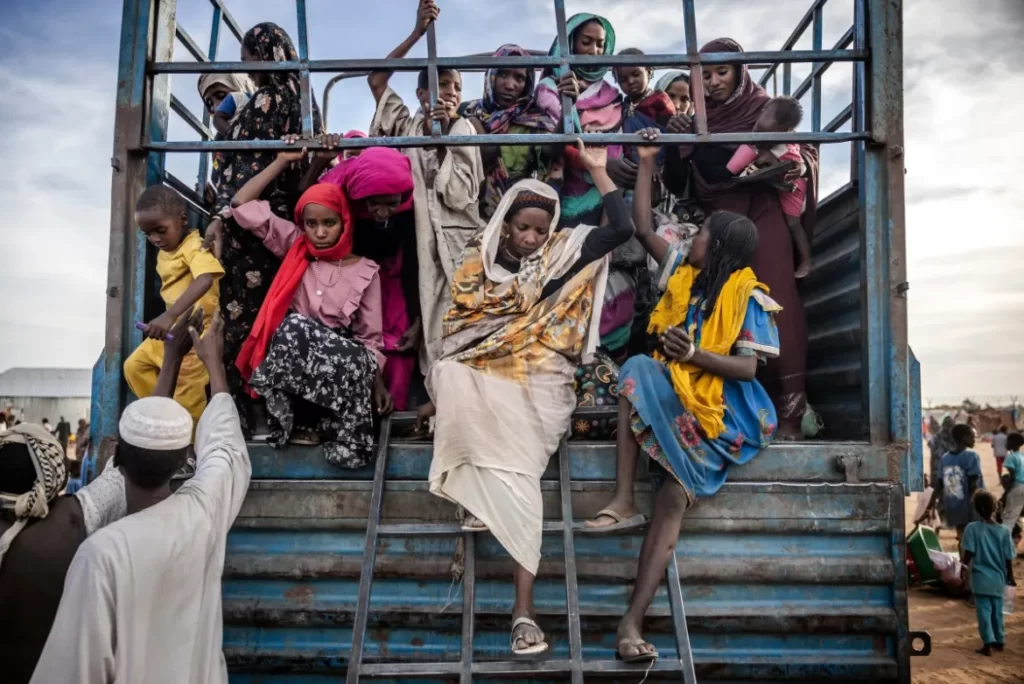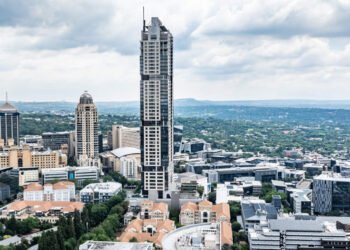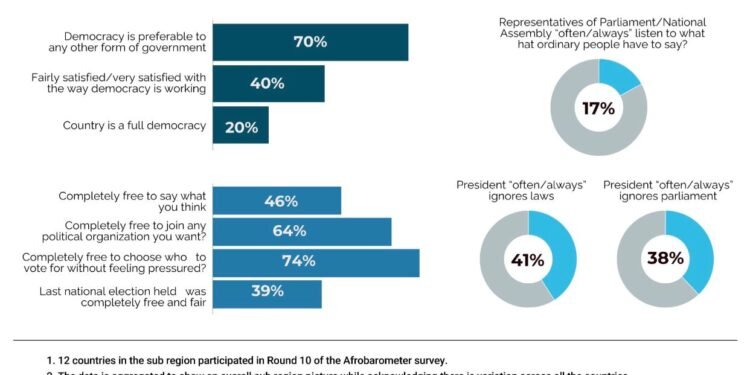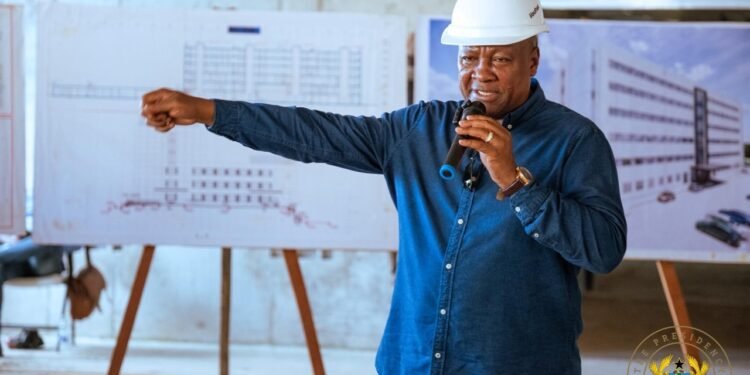Hundreds of thousands of refugees have crossed into South Sudan from Sudan, seeking safety and stability amid the ongoing conflict.
A recent arrival of a truck in the South Sudanese town of Renk brought with it dozens of elderly men, women, and children. Their tired and worn-out expressions tell the story of a harrowing journey escaping the conflict in war-torn Sudan.
These individuals are part of a staggering half a million people who crossed the border into South Sudan, placing immense strain on the region’s capacity to accommodate the influx of refugees.
Renk, located about 10km (6.2 miles) from Sudan, has become a focal point for those seeking refuge since fighting erupted in April of the previous year between army chief Abdel Fattah al-Burhan and his former deputy Mohamed Hamdan Daglo, who commands the paramilitary Rapid Support Forces (RSF).
The two transit centers in Renk, managed by the United Nations, have been struggling to cope with the continuous stream of frightened individuals, desperately fleeing the conflict in search of safety.
Fatima Mohammed, a 33-year-old teacher who escaped with her husband and five children from El-Obeid city in central Sudan, emphasized the dangerous nature of the journey, highlighting the challenges faced by those forced to leave their homes amid the crisis.
“The bullets were entering our house. We were trapped between crossfire in our own street. So we understood that we needed to leave for the good of our kids,” she said, describing the situation in Sudan as “unsustainable”.
“They took all our phones at one checkpoint, a lot of our money [at] another one. We saw abuses happening at those checkpoints,” she added.
Since the conflict began, close to eight million individuals, half of whom are children, have escaped from Sudan. Among them, approximately 560,000 have sought refuge in South Sudan, as reported by the UN.
Also, an estimated 1,500 new arrivals enter the country daily, exacerbating the strain on resources.
In transit camps, many endure months of waiting with the hope of eventually returning to their homes. Among these displaced individuals is Iman David, who fled the violence in Sudan’s capital, Khartoum.
“It was supposed to be a short stay, but I am still stuck here in Renk after seven months,” said the 20-year-old.
The war has claimed the lives of thousands of civilians, as indicated by UN statistics. A dire situation persists, with over half of Sudan’s population—approximately 25 million people—requiring humanitarian assistance.
Furthermore, around 3.8 million children under the age of five are grappling with malnutrition, according to the UN.
Yearning To Return Home

The refugees at Renk harbor conflicting desires: they yearn to return home, but many also aspire to travel further to Malakal, a different area in the Upper Nile state that also faces a significant refugee presence.
At Renk port, under the scorching midday sun, hundreds of individuals endured lengthy queues, patiently waiting for their turn to board metal boats that make the journey at least twice a week.
Among them was Lina Juna, a 27-year-old mother of four, who expressed her ultimate destination as the South Sudanese capital, Juba.
“I have nothing to do in Juba, no family members or friends, no business or work to take care of because I have spent all my life in Sudan,” she said.
“But I still expect Juba to be much better than Khartoum,” she added, recalling days spent struggling to find food as heavy fighting rocked the city.
Several hours later, she managed to board a boat, one of two carrying some 300 people each.
The UN is making a global call to address the most pressing humanitarian needs in Renk, where up to 10 trucks and buses arrive daily.
The organization launched an appeal this month seeking $4.1 billion to respond effectively to the situation.
READ ALSO: South Africa’s Ruling Party Under Fire Amidst Unemployment Surge























